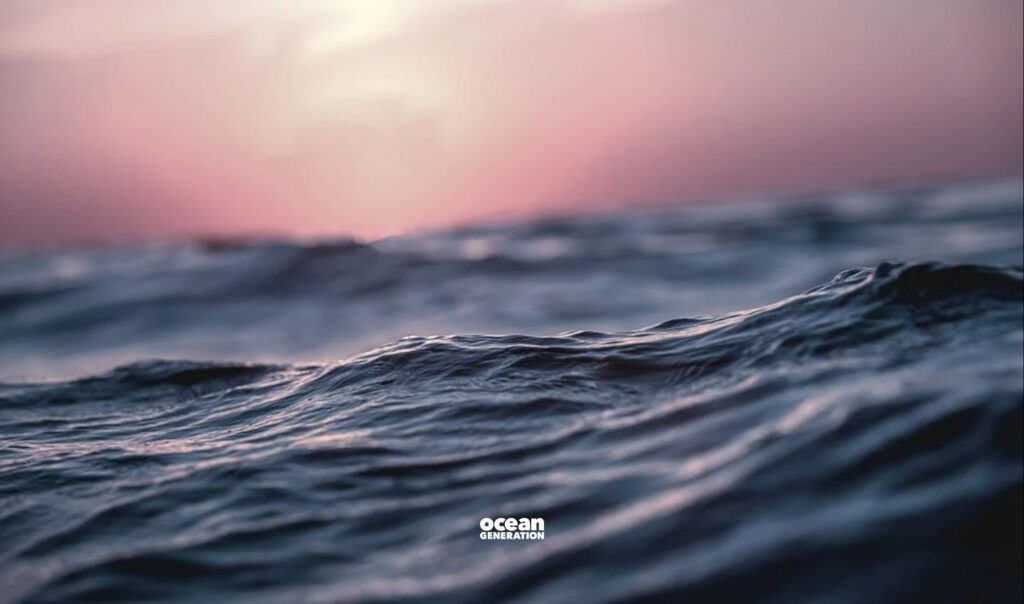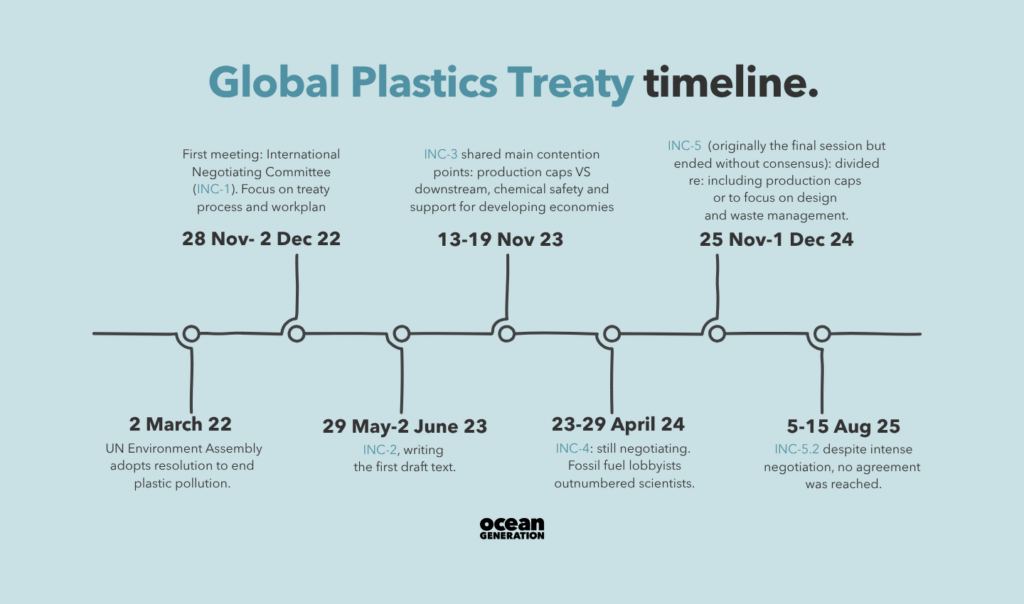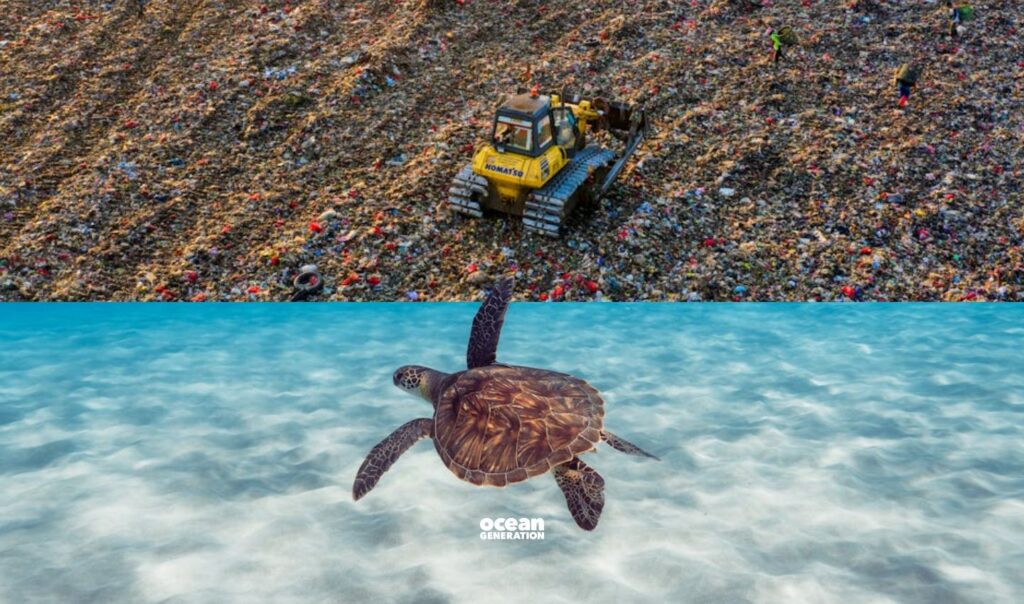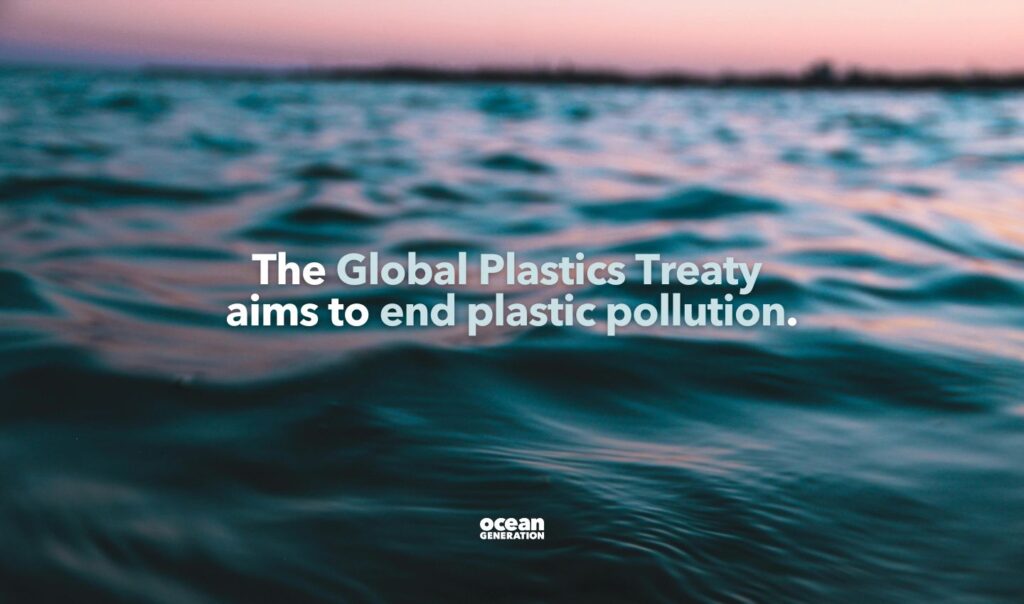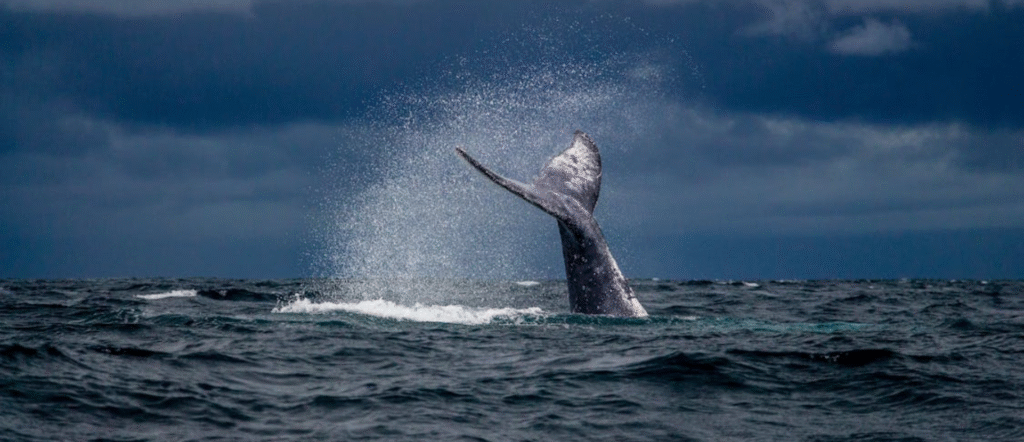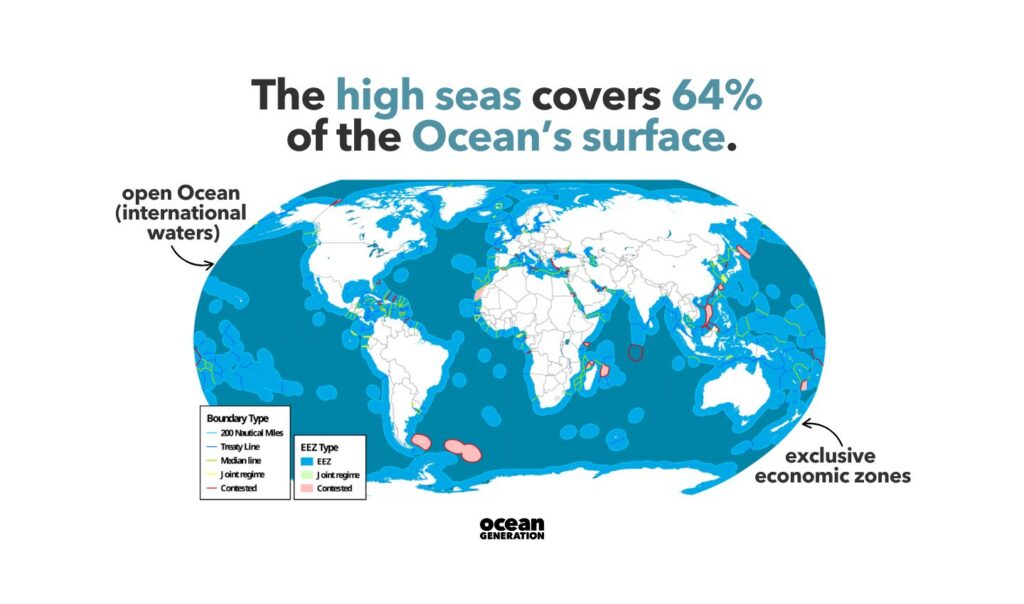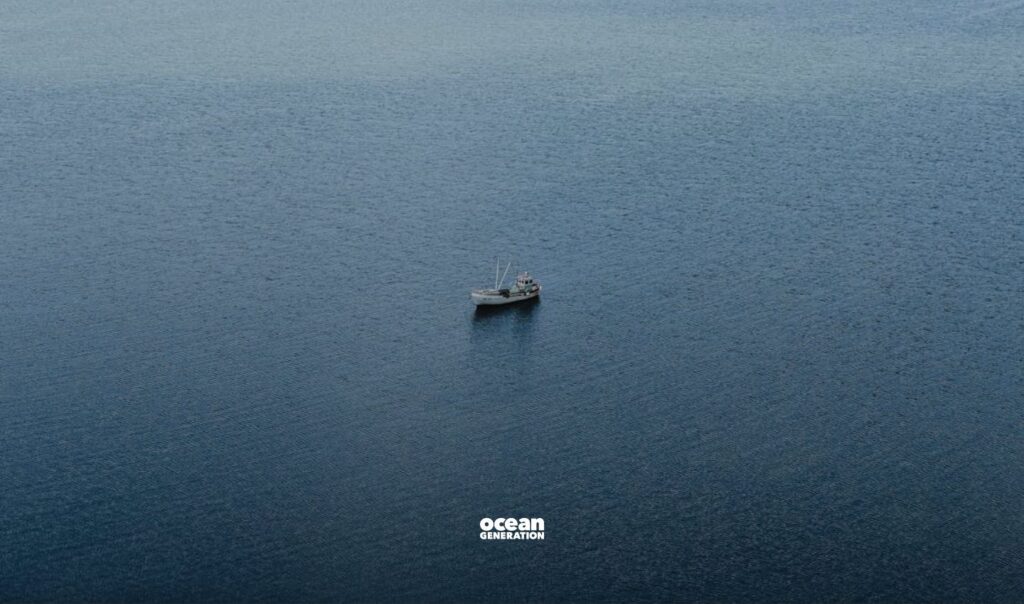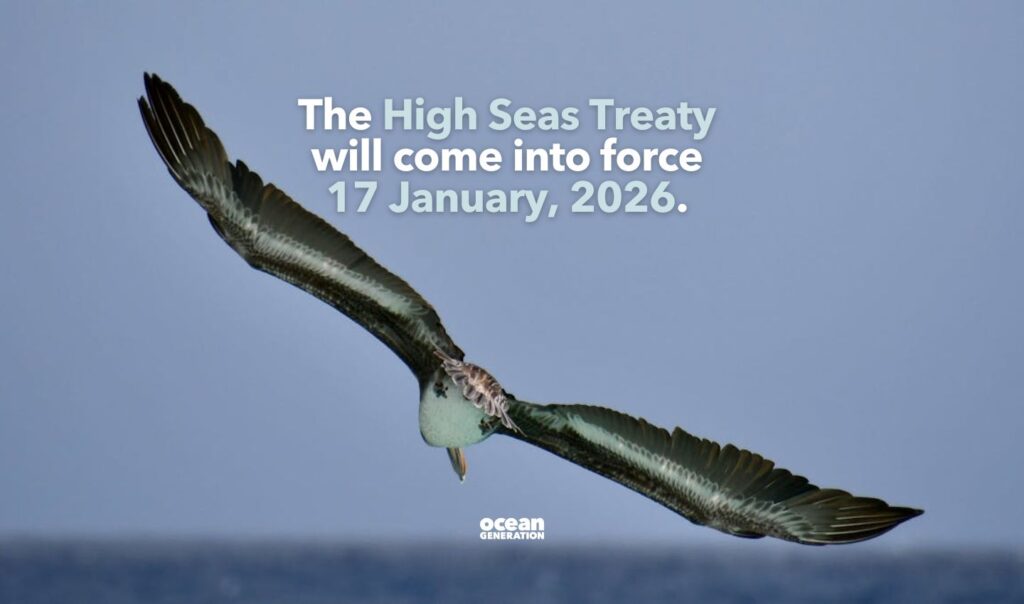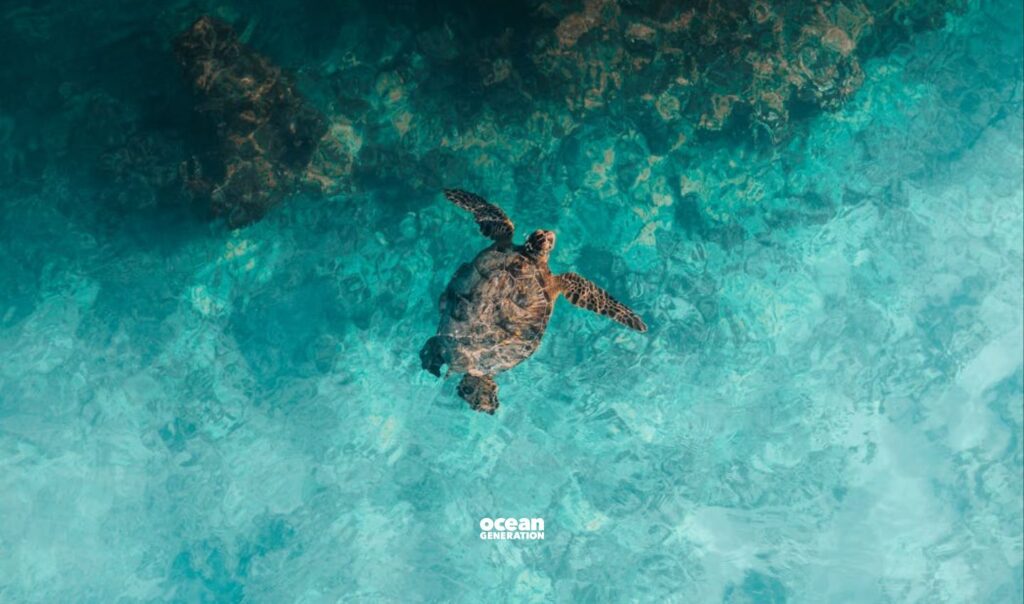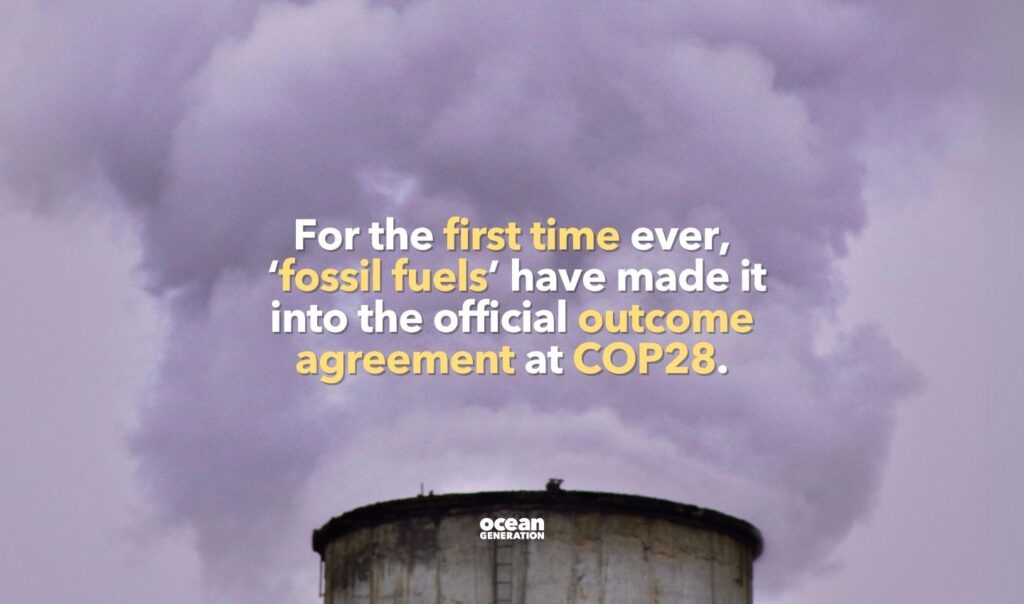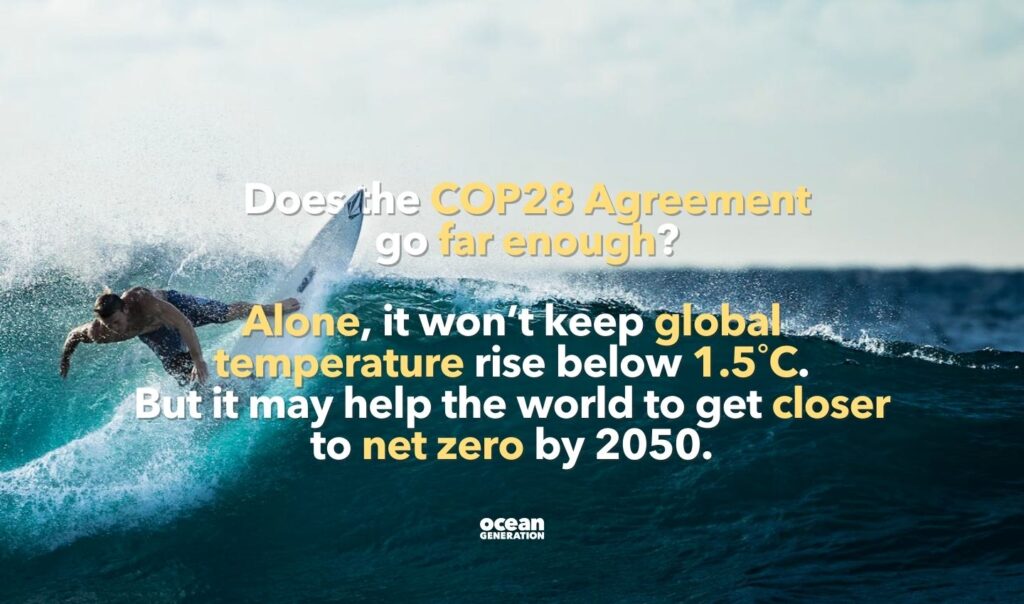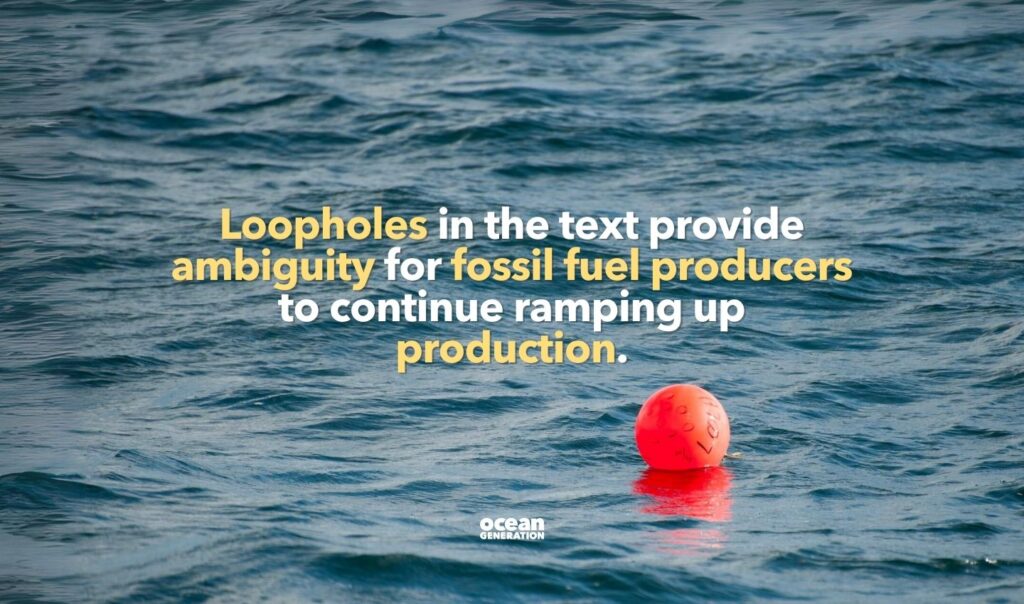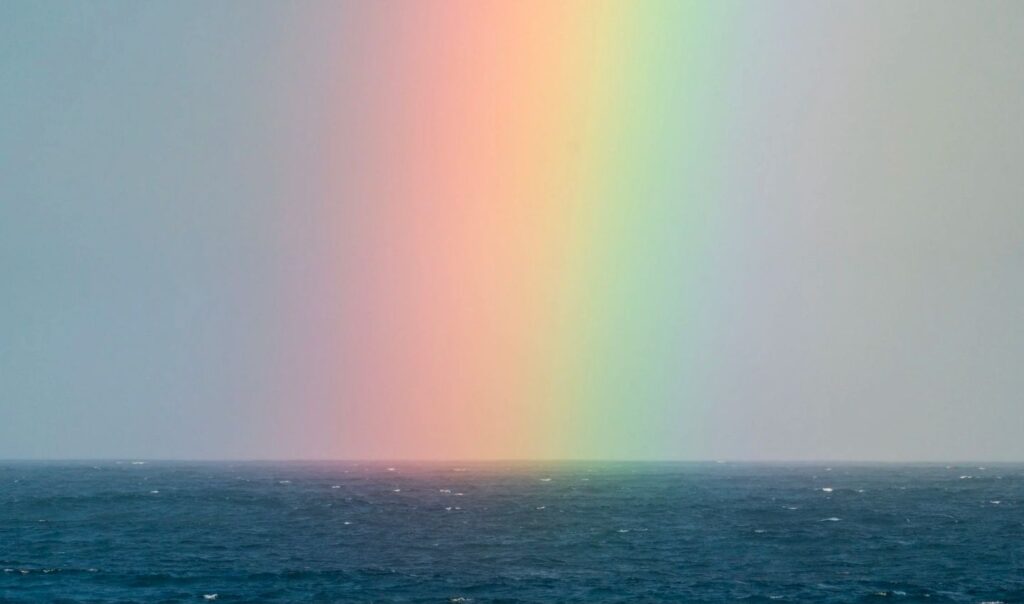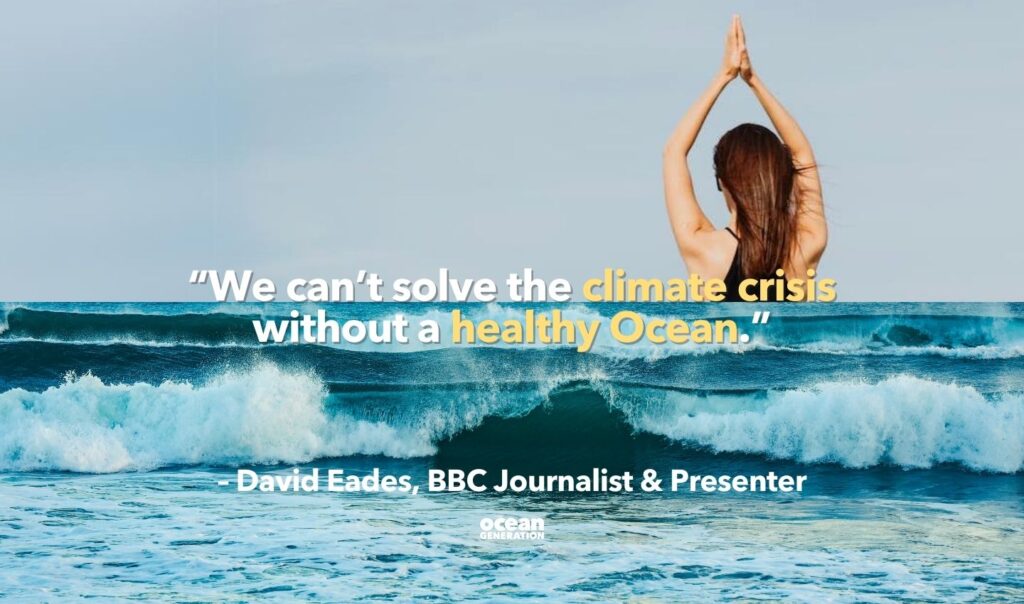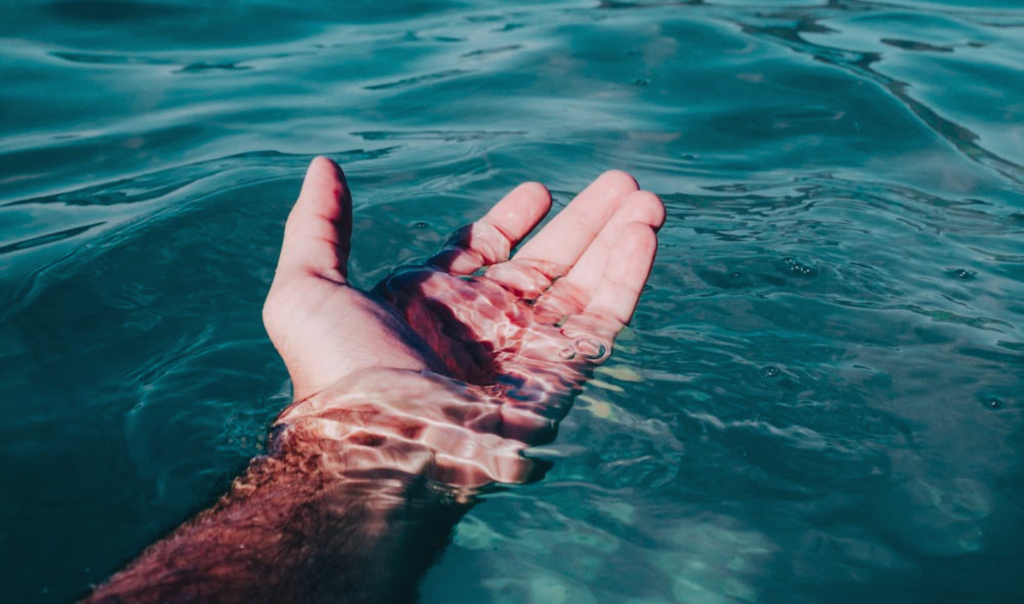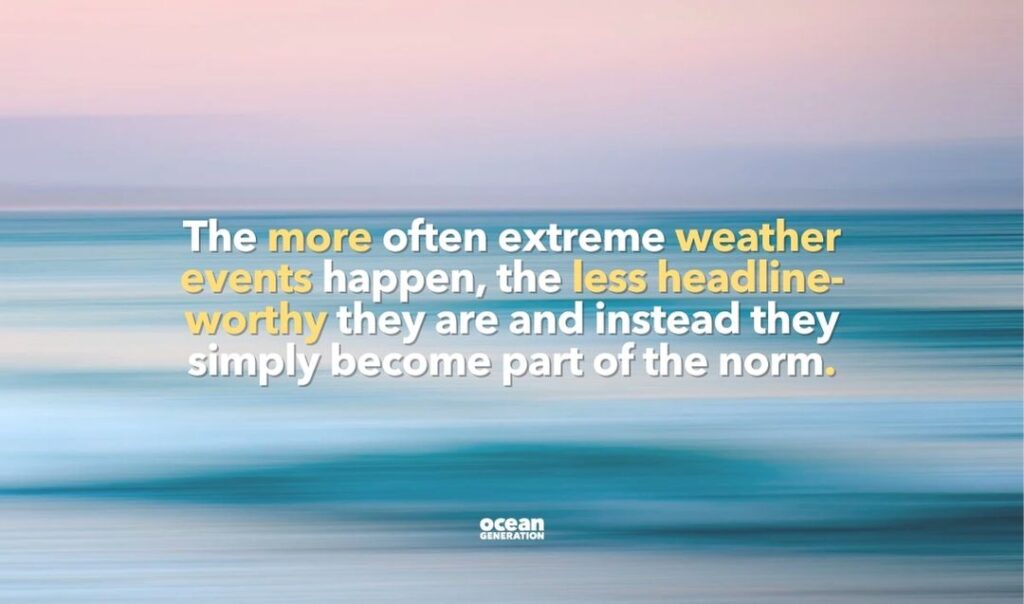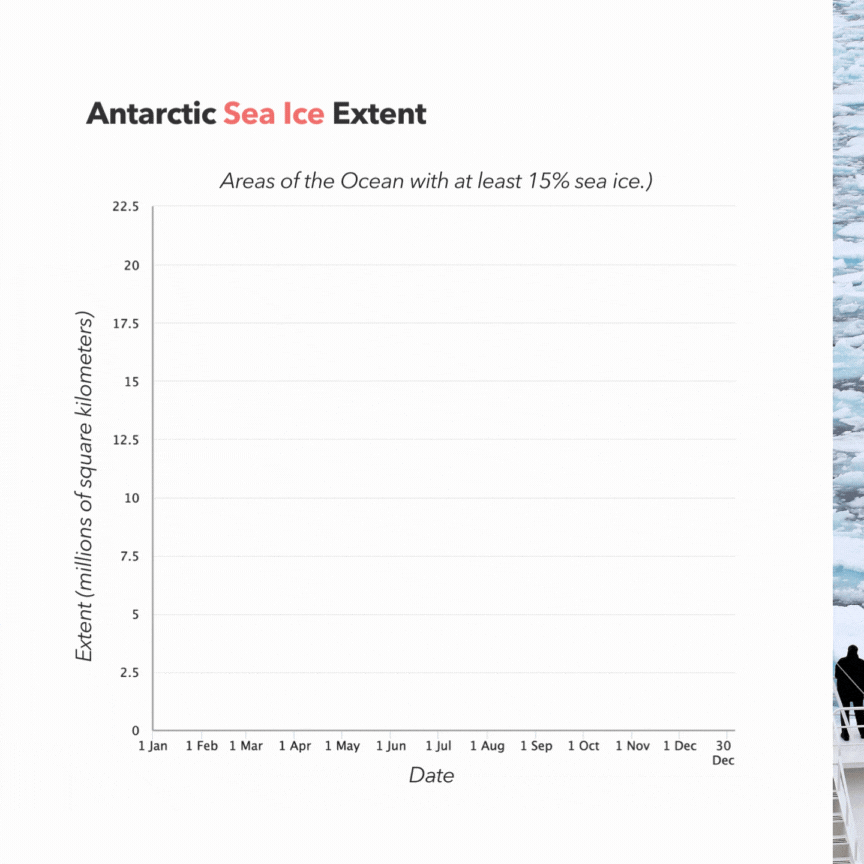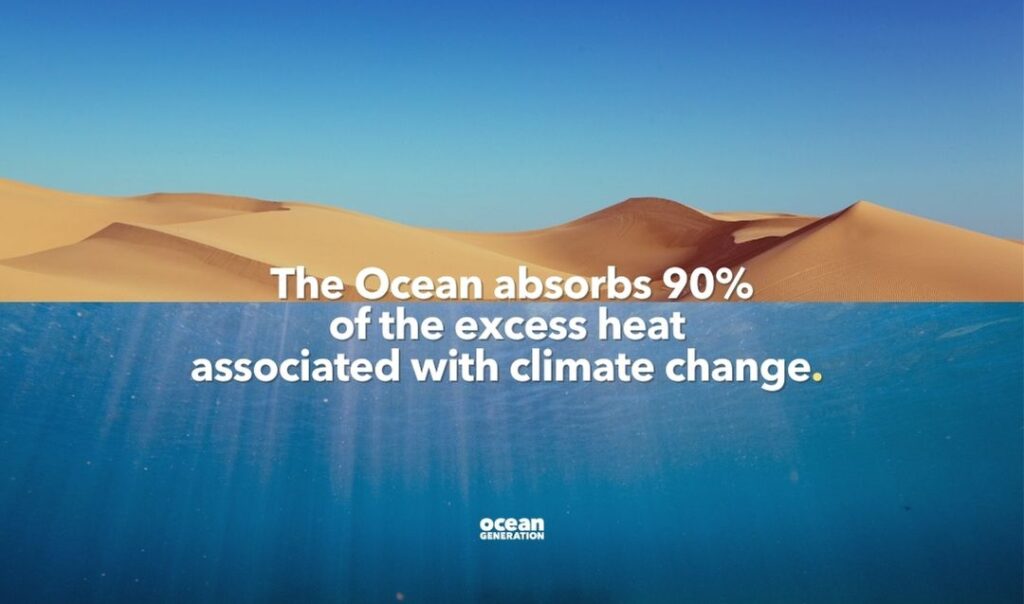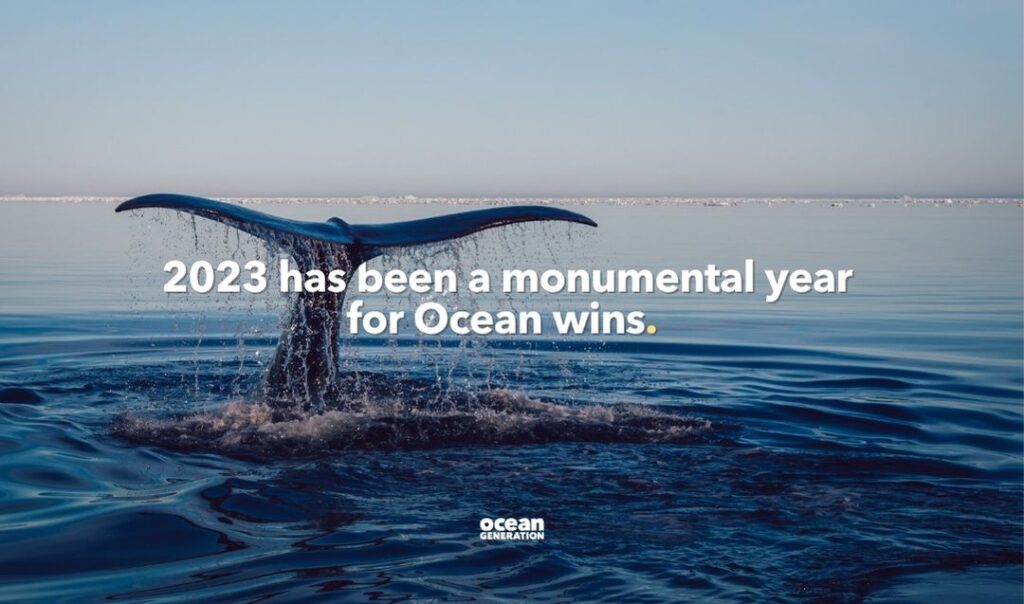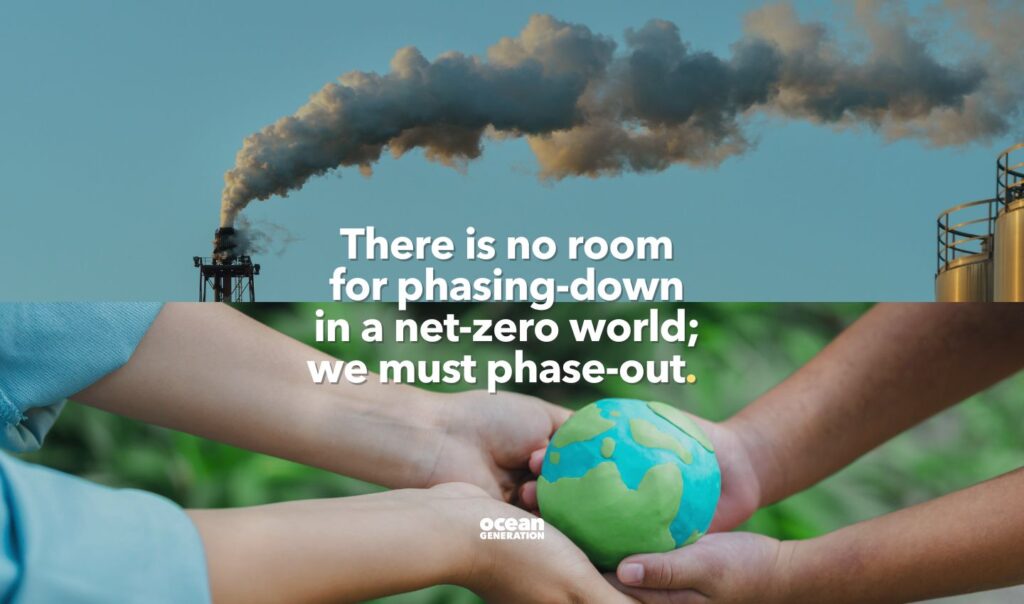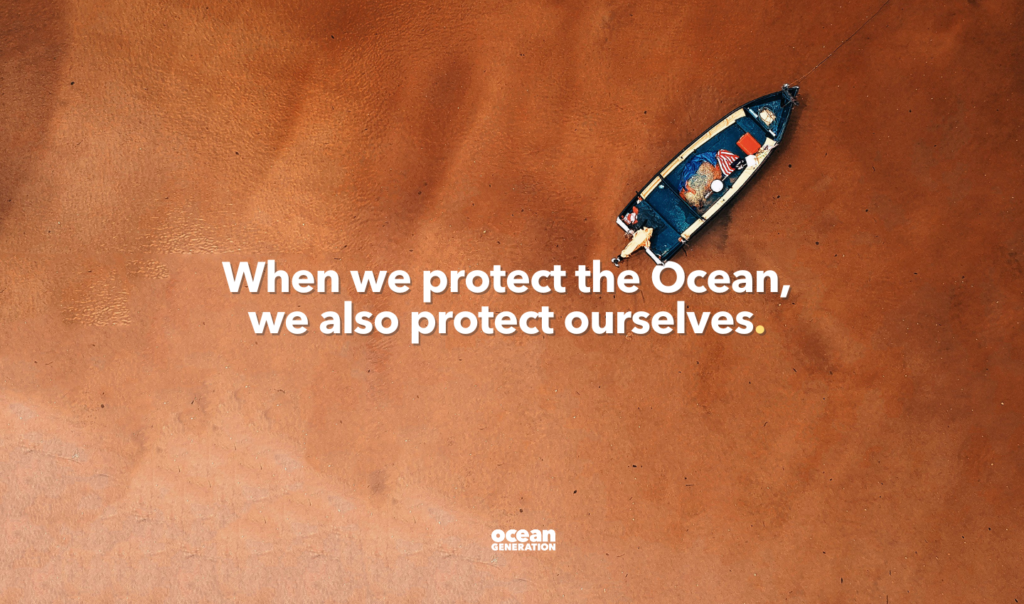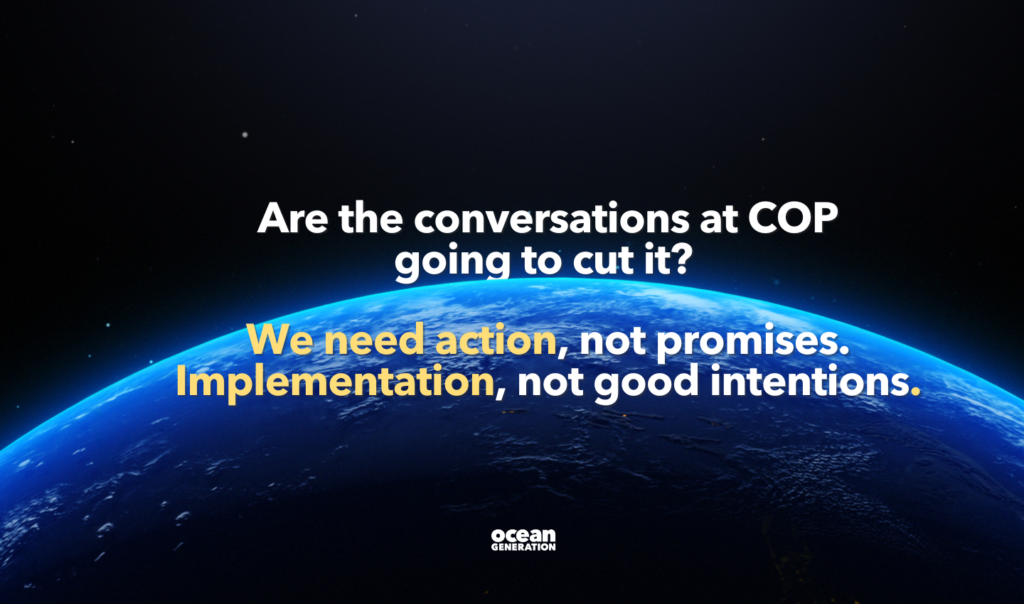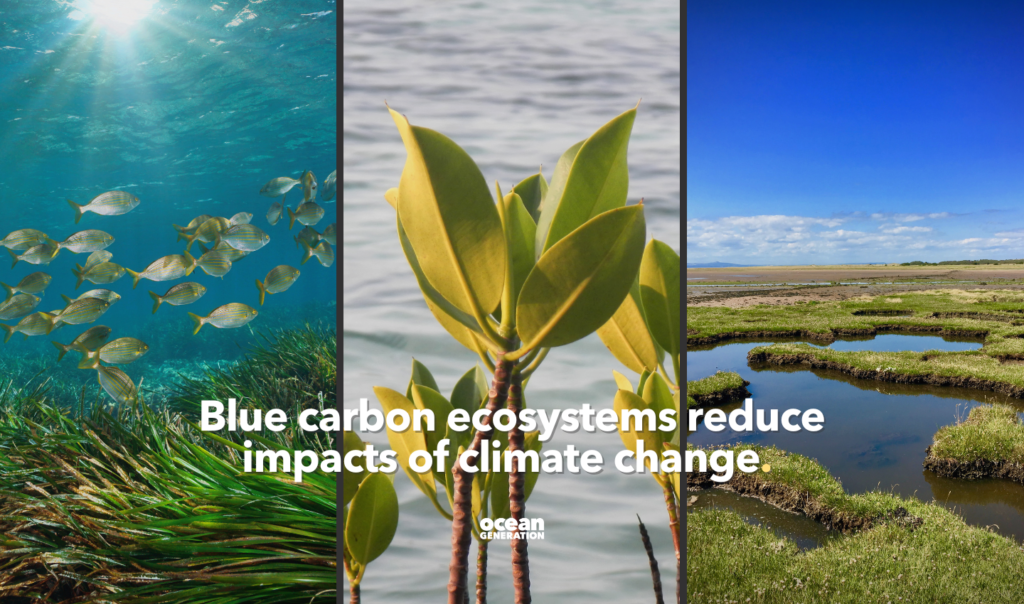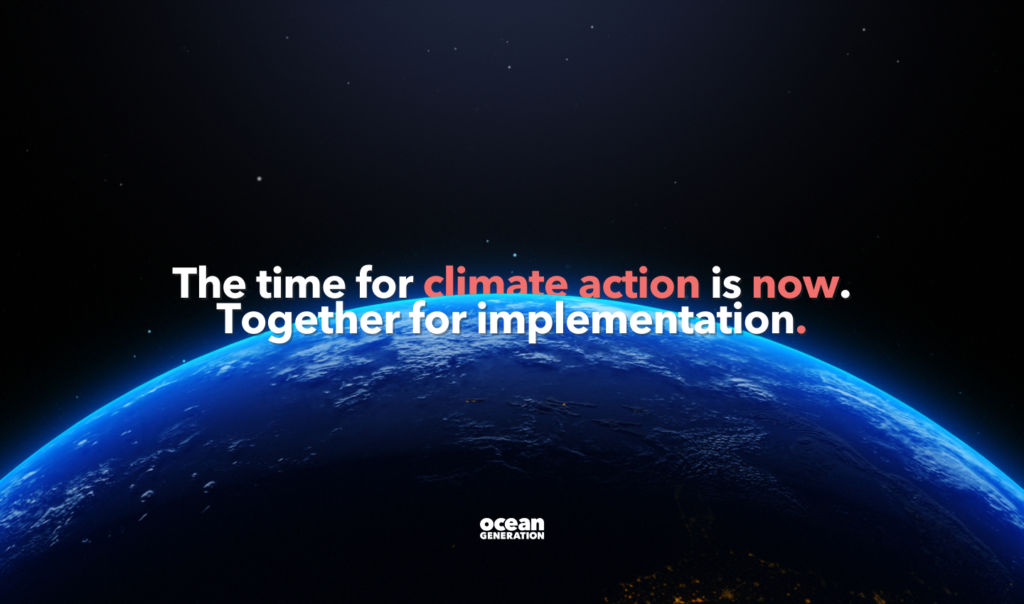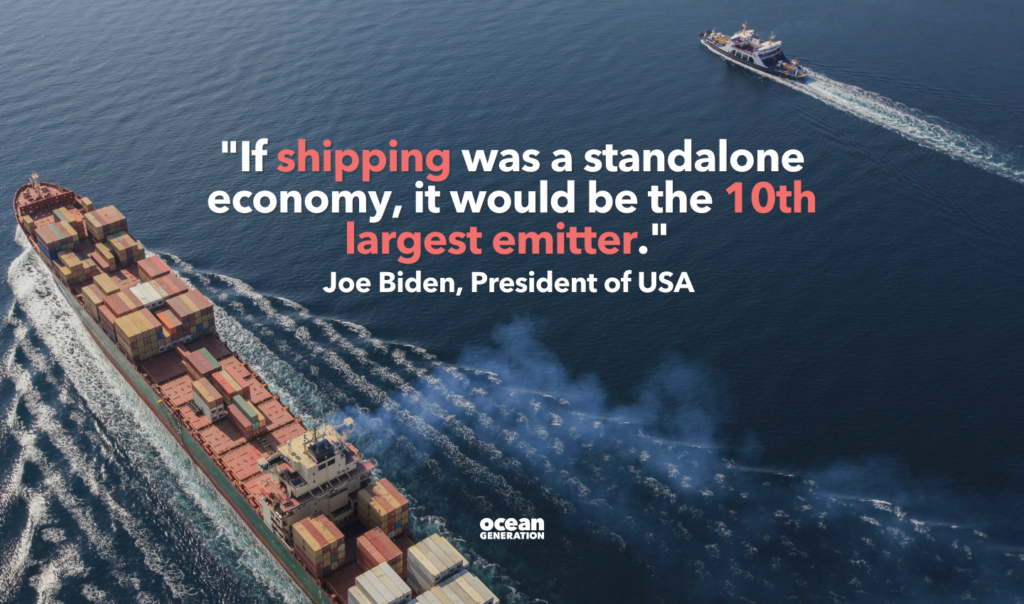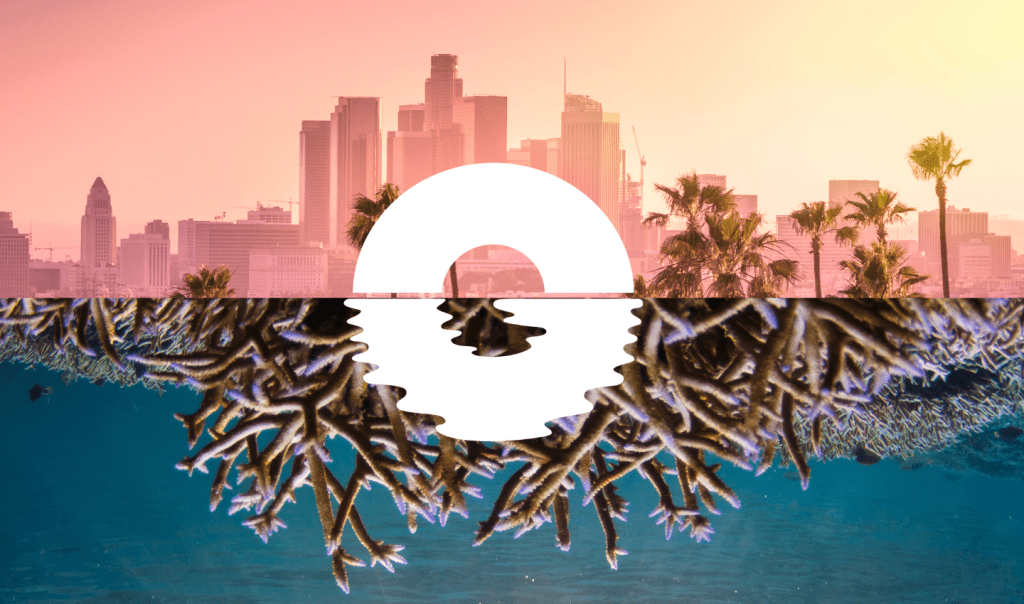- Ocean Conferences
- Science: Explained
How do international treaties get created?

Here are international treaties: explained.
There have been a few international treaties, like the High Seas Treaty or the Global Plastic Treaty, that impact the Ocean, but in a world of complex language and changing timelines, we wanted to make the process make sense.
The start of any treaty: Agreeing there is an issue
The first thing to understand is that the process of international negotiation is rarely a quick one. One of the fastest processes was the Montreal Protocol, the treaty to protect the ozone layer, which moved from initial scientific discovery (1973) to being signed (1987) in just 14 years.
The process of an international treaty is kicked off by proposal – a member state, or more commonly a group or coalition of states, can introduce a resolution to a governing body (such as the UN General Assembly, the UN Environment Programme etc.).
This step is about agreeing there is a problem that needs solving.
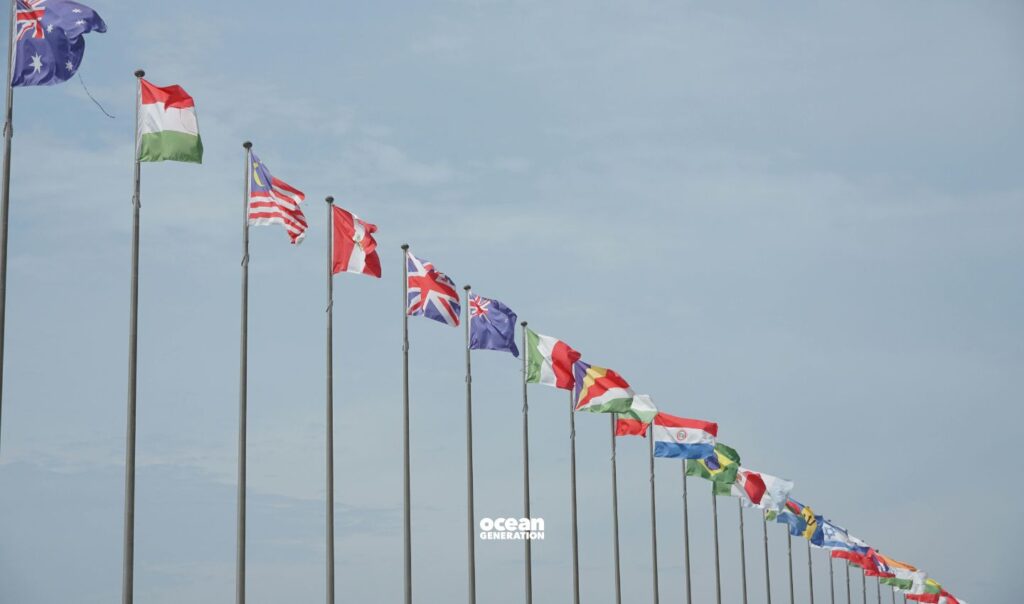
The mandate: Permission to negotiate
So, we’ve agreed – we have a problem that needs solving. The UN governing body adopts (votes on and approves) the resolution, which is a statement of intent.
The mandate will decide the scope of the agreement – is it going to make a legally binding agreement or a voluntary one, a regional or international?
This gives the mandate to begin negotiations. This usually means creating a committee for international negotiation – an International Negotiating Committee (INC) if you will.
Then the fun begins.
The hard part: Reaching consensus with negotiations
The INC will have a series of meetings, attended by states and “observer” parties – non-governmental organisations, industry groups and scientists amongst others.
In these meetings, they will negotiate the text of the agreement. Wording is crucial, especially for a legally binding agreement, so agreeing a draft text is usually the longest stage.
This stage is ended when consensus is reached: the vast majority of parties are happy with the contents and phrasing of the text. The text would then be adopted (voted on and agreed, in treaty language) and is open for signatures and ratifications.
What does it mean to sign or ratify a treaty?
States can sign an agreement or ratify it. Signing it is an announcement of intent, it isn’t binding but it shows that a state intends to ratify. They will often sign as a placeholder while the relevant domestic processes are taken.
Ratifying is the full involvement (legal obligation) to the agreement, whatever it may say.
Most agreements will have a minimum number of ratifications before it comes into effect. Once enough states have ratified, the treaty will become reality. States can ratify after the treaty is in effect – latecomers are always welcome.
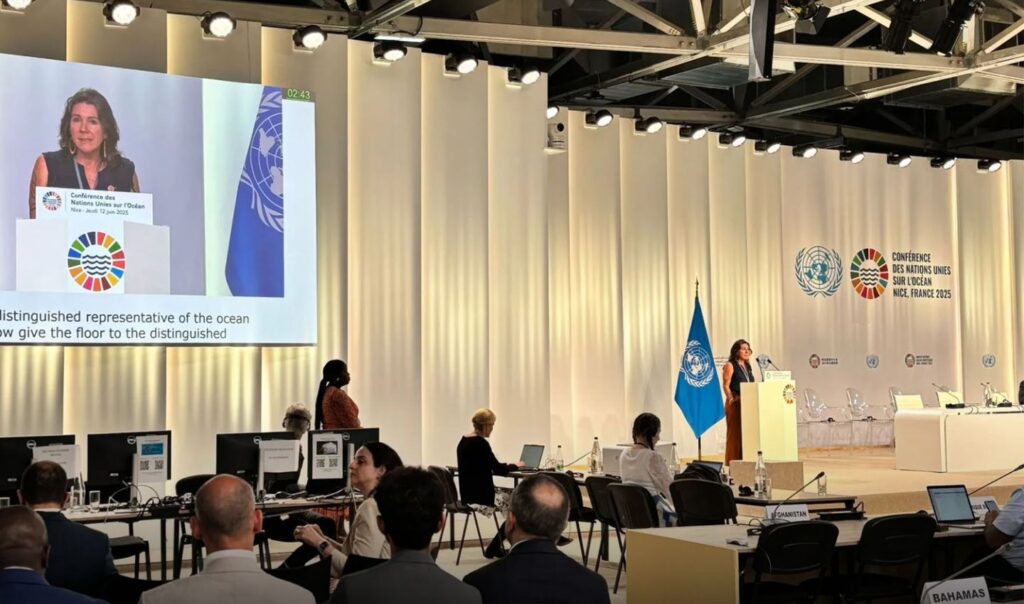
19 countries ratified the High Seas Treaty during the 2025 UN Ocean Conference.
Implementation: From agreement to action
Once the treaty exists, a Conference of the Parties (COP) or Meeting of Parties (MOP) will take place to oversee progress, amendments and compliance. The regularity of meetings varies.
How collective decision-making works: A practical example
Imagine you live in a house with a number of other people and the heating breaks.
First, one (or more) of you could raise this in the house group chat. You present evidence of the issue (the heating doesn’t come on, and the house is cold). Some housemates may have a warm room, and don’t agree initially. More evidence may be required – bring in a GP to talk about increased risk of illness or put some thermometers around the house.
When the housemates agree the heating is broken, and they would be better off if it was fixed, they agree to have a house meeting (or five) to discuss how to go about fixing it.
Is it a plumbing issue or an electrical one? Who should pay for it? If one housemate uses the heating all the time while others use less, should they pay more? To avoid future heating problems, what should the temperature be set at? This happens at the pub so, it takes a while.
Then, the plan is all sorted, but to get the ball rolling everyone needs to give a go-ahead. Five out of seven thumbs up in the group chat is the green light.
It may take a couple months while people save from their pay checks, but finally there are five thumbs up and the heating can get fixed.
The last two were grumbling about the hot water use but gave the thumbs up later on so they can use the heating.
Success Story: How the Montreal Protocol was created to protect the ozone layer

Meeting of the Parties to the Montreal Protocol in 2016
The Montreal Protocol is one of the biggest wins in international cooperation. In the 1970s, scientists Frank Sherwood Rowland and Mario Molina started to hypothesise that chlorofluorocarbons (CFCs) were depleting the ozone layer.
CFCs were a replacement for toxic refrigerants used in the 1920s, developed in the lab. They were used in aerosol sprays and any units needing refrigerant – refrigerators, air conditioners, cars, water chillers, for example.
The depletion of the ozone layer was shown to result in an increase in UV-B radiation, leading to higher rates of skin cancer and damage to crops and marine phytoplankton (the little guys producing over 50% of our oxygen).
Aerosol and halocarbon industries lobbied against regulation. A board member of a company with 25% market share in CFCs, was quoted as calling the hypothesis, “a science fiction tale…a load of rubbish…utter nonsense”.
The treaty text was agreed on 16 September 1987, with the condition that it would come into force if 11 parties had ratified by 1 January 1989.
It met this condition and has since been ratified by all 198 parties in the UN, becoming the first treaty to do so.
Since the treaty, the ozone layer has been recovering and is projected to reach 1980s levels between 2040 for most of the world and 2066 for Antarctica.
